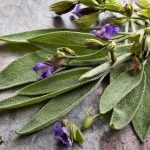
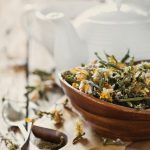

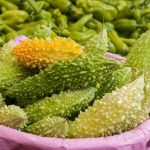
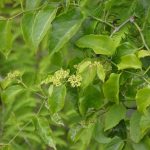

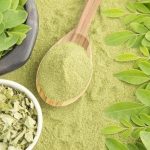
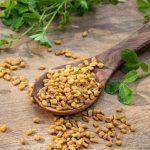
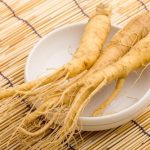
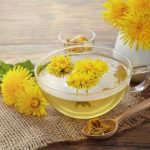
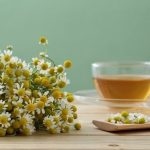


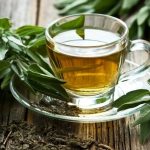
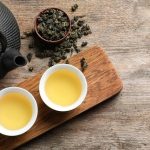
Some home remedies to reduce sugar naturally include cinnamon, carqueja, moringa, cundeamor, sage and pata de vaca tea. These herbs have antioxidant, anti-inflammatory and hypoglycemic properties that contribute to this effect.
Before using these medicinal herbs to manage diabetes, it is crucial to consult the treating doctor, since if they are consumed together with hypoglycemic agents, they could cause a reduction in blood sugar levels. As a result, your doctor may find it necessary to adjust the dose of the medication.
However, it is important to mention that the use of these plants does not replace the treatment indicated by the endocrinologist, nor the nutritional recommendations that contribute to blood glucose control. Learn what a diabetic can eat.
Attention: Plant names vary from country to country. For this reason, we put the scientific name of the plant on each of the home remedies, so that you can search on your own to find out what name is given to it in your country.
Main home remedies
Home remedies to lower sugar naturally are:
1. Sage tea
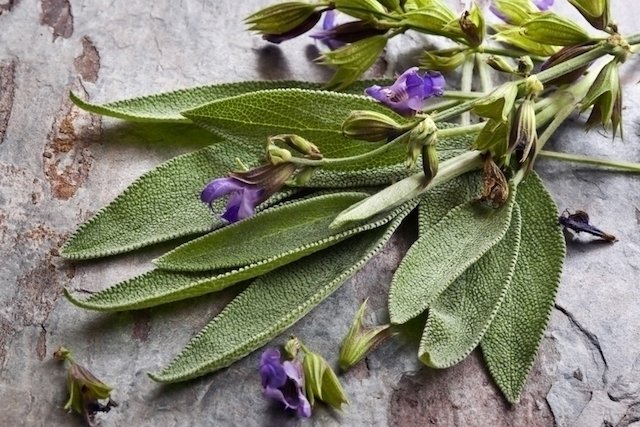
Sage
Sage, whose scientific name is Salvia officinalis, It has a hypoglycemic effect, so it helps reduce blood sugar and promotes the control of diabetes and even the regulation of sugar in prediabetes. Learn about other benefits of sage tea.
Preparation mode: Place 2 tablespoons of dried sage leaves in 250 ml of boiling water and let sit for 10 minutes. Take up to 2 times a day.
2. Carqueja tea
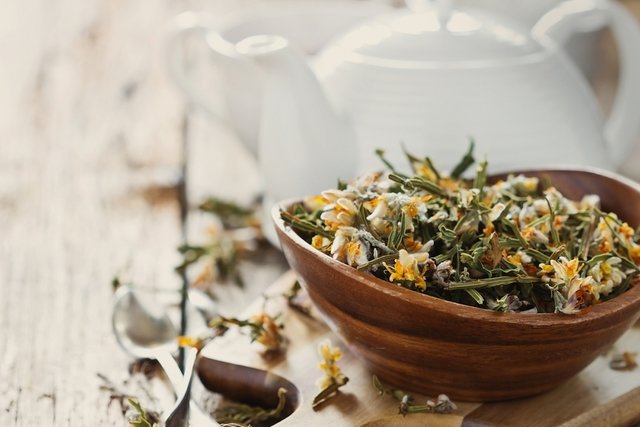
Carqueja
The carqueja, whose scientific name is Baccharis trimera, has hypoglycemic action, so it helps keep blood glucose stable, this is because it has purifying and antioxidant action. See other benefits of carqueja.
Preparation mode: To prepare the tea, place 10 grams of carqueja in 500 ml of boiling water, letting it rest for 10 minutes. You can drink up to 3 cups a day.
3. Cow hoof tea
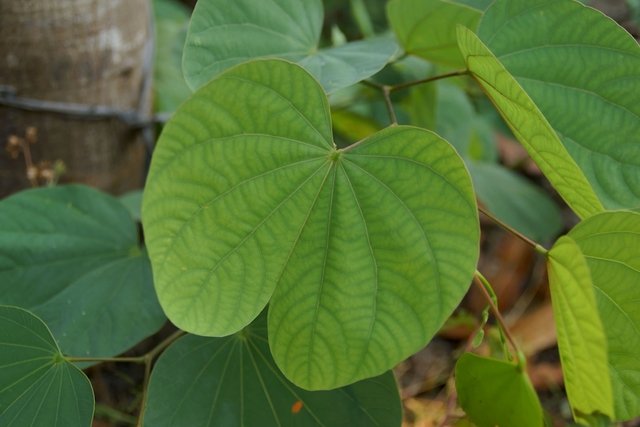
Cow leg
Cow’s foot, cow’s hoof or ox’s hoof is a medicinal plant that has a protein that acts in a similar way to the hormone insulin in the body. This property has been proven in animals and is widely known, but it lacks scientific verification in humans, which is why it should be taken under the guidance of a doctor. The scientific name of this plant is Bauhinia forficata. Learn all the benefits of cow hoof.
Preparation mode: add 2 leaves of cow’s foot in a pot and add 250 ml of water, keep over low heat until boiling for 5 minutes. Let it rest, strain and drink hot 2 times a day.
4. Cundeamor tea
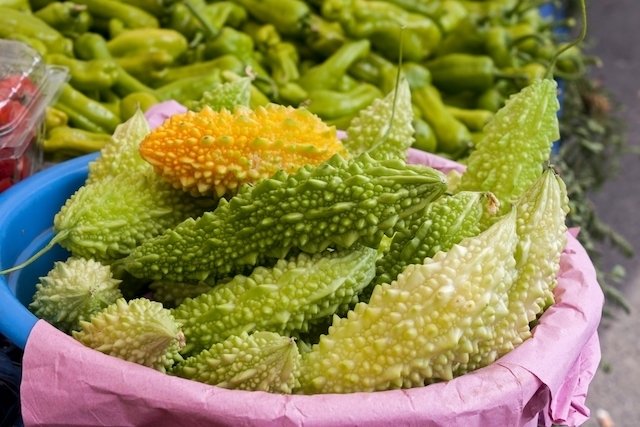
Cundeamor
The cundeamor or bitter melon, whose scientific name is Momordica charantia, has hypoglycemic action, which means it lowers blood glucose naturally. Learn about other benefits of cundeamor.
Preparation mode: Place 1 tablespoon of dried bitter melon leaves in 1 liter of boiling water. Let sit for 5 minutes, strain and drink throughout the day.
5. Cinnamon tea
Cinnamon helps the body use sugar, reducing its amount in the blood, which helps control insulin resistance and glucose in diabetes. It is also possible to take advantage of the properties of cinnamon by placing it in coffee as a sugar substitute, as it gives it a sweet touch, or even by placing a stick in a thermos with water and drinking it during the day. Learn about the benefits of cinnamon.
Preparation mode: To prepare cinnamon tea, place 3 cinnamon sticks in a pot with 1 liter of water, heat over medium heat until it boils for 5 minutes. Then turn off and cover the pot until it is lukewarm. You can drink this tea several times a day.
6. Insulin plant tea
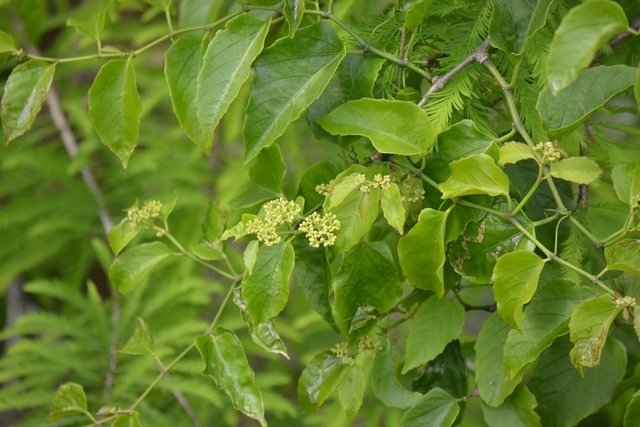
insulin plant
The insulin plant, whose scientific name is Cissus sicyoides, It has hypoglycemic action that helps control diabetes, and is popularly known as vegetable insulin. See other benefits of the insulin plant.
Preparation mode: Place 2 tablespoons of vegetable insulin in 1 liter of water, bring to a boil over medium heat. Remove from heat and let the infusion rest for 10 minutes. Strain and drink 2 or 3 times a day.
7. Chancapiedra tea
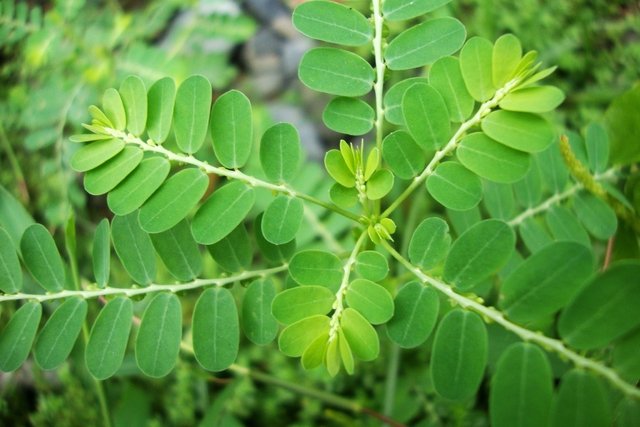
Chancapiedra
The chancapiedra plant, whose scientific name is Phyllanthus niruri, contains aqueous extracts that showed hypoglycemic effects, being useful for maintaining constant blood glucose. In addition to this, it is well known for treating kidney and gallstones. See more about the chancapiedra.
Preparation mode: Place 1 teaspoon of the chancapiedra leaves in 250 ml of boiling water. Let it rest for 5 minutes, strain and drink warm. It can be taken 3 or 4 times a day.
8. Moringa tea
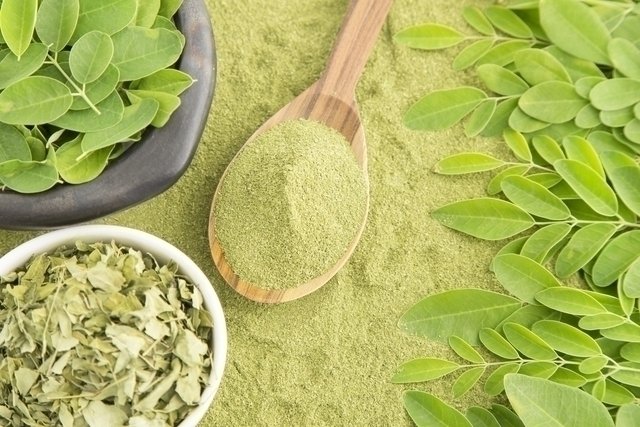
Moringa
Moringa, whose scientific name is Moringa oleifera, is a plant that has many benefits, one of them is that it has a natural hypoglycemic effect. It can be consumed in tea, but also exists in capsule form. Learn about other benefits of moringa.
Preparation mode: Place 250 ml of water in a pot over medium heat until it boils, add 1 tablespoon (10 g) of moringa leaves, cover and let sit for 5 minutes. Then strain and drink 2 cups a day.
9. Fenugreek
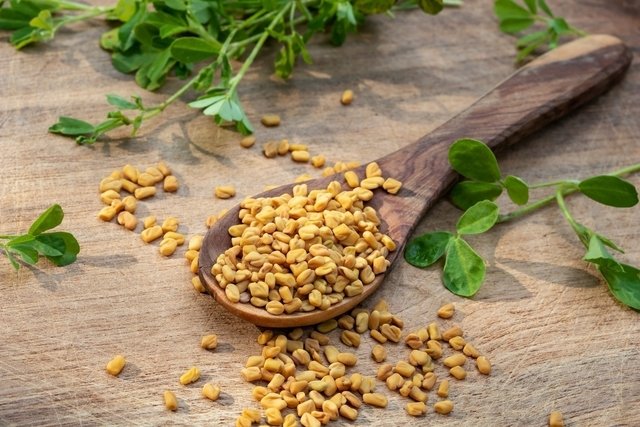
Fenugreek
Fenugreek, scientifically known as Trigonella foenum-graecum, It is a medicinal plant that has a strong effect on the control of blood sugar levels, as it has in its seeds an active substance known as 4-hydroxyleucine, which, according to several studies, could increase insulin production by of the pancreas, which reduces high blood glucose levels, which are characteristic of diabetes.
Likewise, fenugreek could also delay stomach emptying, decrease the absorption of carbohydrates and promote the use of glucose by the body, lowering blood sugar.
Preparation mode: Place the water and leaves in a pot and let it boil for 1 minute, turn off the heat and let it rest for 5 minutes. Finally, remove the seeds, let them cool and drink.
This tea can be drunk after meals to help regulate glucose levels; However, it should not be used if you are being treated with diabetes medications, as it can cause hypoglycemia, especially if there is no doctor’s approval.
The use of fenugreek can have some side effects in children, pregnant and lactating women, which is why it should be avoided in these cases.
10. Ginseng

Ginseng
Ginseng, whose scientific name is Panax ginseng, is a medicinal root that helps increase insulin production by the pancreas and improve sensitivity to said hormone. In this way, ginseng can be an excellent option for people with type 2 diabetes, as it helps better regulate the amount of sugar in the blood.
Preparation mode: Place 250 ml of water and 1 tablespoon of ginseng in a pot and bring to a boil for 5 minutes. Then, let it rest for 5 more minutes and, finally, let it cool. Drink 2 or 3 cups a day.
Regular consumption of this tea can cause side effects in certain people, such as anxiety, headache or insomnia, for example. Also, pregnant women should not consume this tea without doctor’s supervision.
11. Dandelion
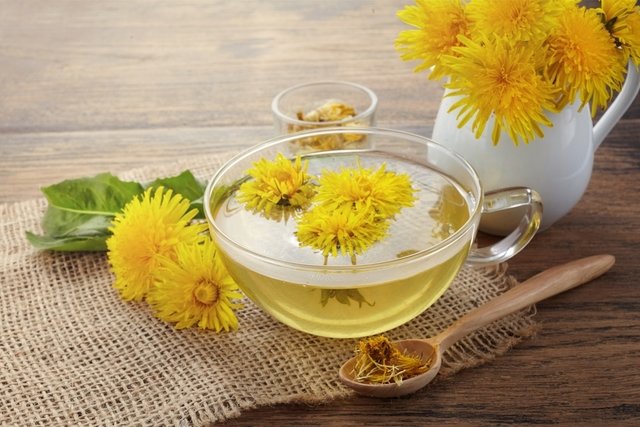
dandelion tea
The dandelion, scientifically named Taraxacum officinaleis another plant that possibly has a strong effect on diabetes, since both its leaves and roots are capable of regulating blood sugar levels.
In fact, dandelion root has a substance known as inulin, which can increase insulin production because it is a type of sugar that is not metabolized, so it does not generate an increase in blood sugar levels. blood.
Preparation mode: Place 200 ml of water and 1 tablespoon of dandelion roots in a pot and bring to the boil, boil for 5 minutes. Then, remove from the heat and let it rest for 5 minutes. Finally, strain and drink when warm. This tea can be drunk up to 3 times a day. Learn more about dandelion and its health benefits.
12. Chamomile
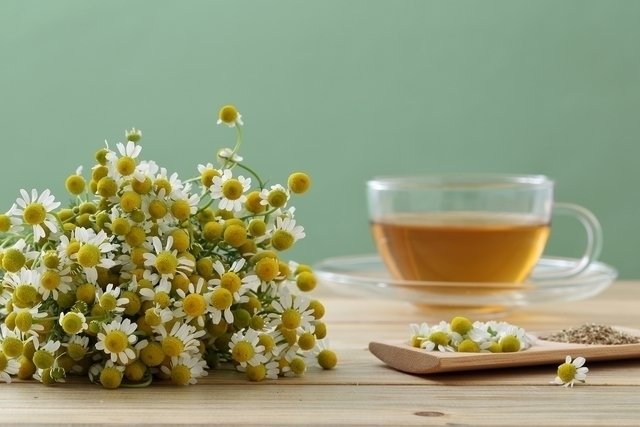
chamomile tea
Chamomile also has an effect on blood sugar levels, helping to keep it under control. On the other hand, it could also provide protection against complications of the disease, such as injuries to the blood vessels, for example. See all the benefits of chamomile tea.
Preparation mode: Add 1 tablespoon of chamomile to 250 ml of boiling water and let it steep for 5 to 10 minutes. Then strain and drink 2 to 3 times a day.
13. Juniper

Juniper
The juniper, whose scientific name is Juniperus communis, It is a plant that has hypoglycemic properties thanks to its flavonoid content; In addition, it also has antioxidant and anti-inflammatory properties, and can be used in the form of a tea or tincture, for example. See other health properties of juniper.
How to use: To prepare the tea, place 2 to 3 juniper berries in 250 ml of boiling water, cover and let steep for 5 minutes. Strain and drink 1 to 3 cups a day, for a maximum period of 6 weeks.
In the case of the tincture, 30 drops can be added, 2 to 3 times a day, in 1 glass of water or juice.
14. Jamaica Flower
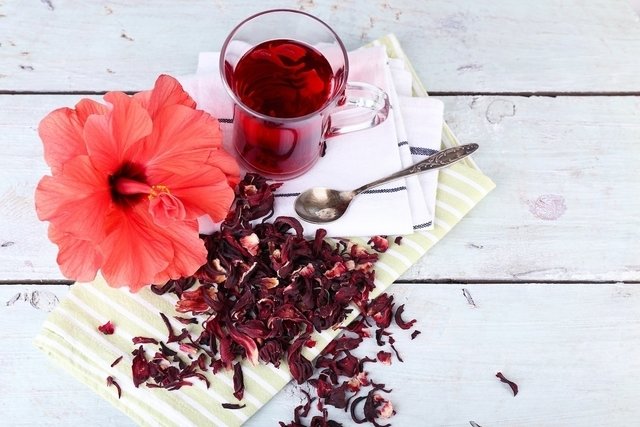
Jamaica flower tea
Jamaica flower could help regulate blood sugar, since it could inhibit the activity of some pancreatic and intestinal enzymes that are responsible for the digestion of carbohydrates in the small intestine, thus avoiding blood sugar spikes and excessive secretion of sugar. insulin, helping to prevent diabetes and improve glucose levels, in the case of people who suffer from it.
How to use: To prepare Jamaican water or tea, add 2 tablespoons of the flowers to 300 ml of boiling water, let it steep for 5 minutes. Strain and drink warm or cold, 3 times a day.
15. Green tea
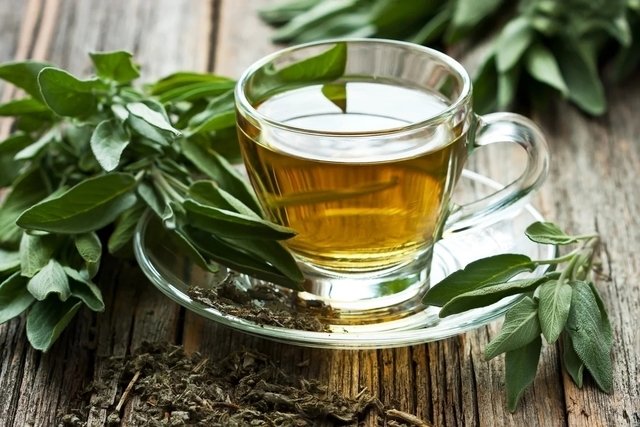
Green Tea
Due to the antioxidant action of catechins, green tea reduces oxidative stress and improves insulin resistance, regulating sugar levels, which helps in the prevention and treatment of diabetes. Learn all the benefits of green tea.
How to use: To prepare green tea, add green tea leaves to 250 ml of boiled water, cover and let it steep for 10 minutes. Strain, add the lemon juice and drink hot or cold.
16. Oolong tea
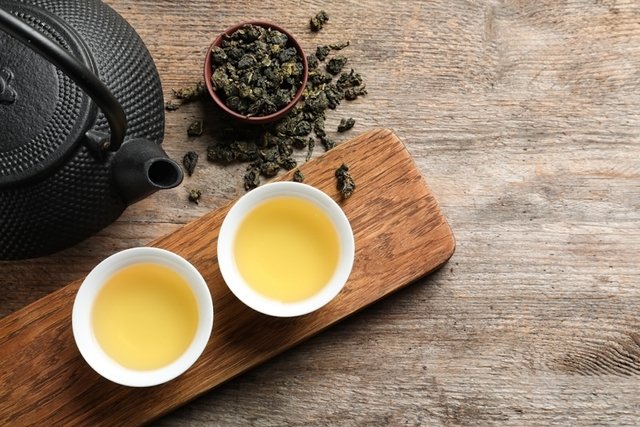
oolong tea
Oolong tea helps regulate blood sugar levels, as it promotes an increase in adiponectin, a hormone produced by fat cells that helps regulate energy metabolism and improves glucose metabolism by increasing sensitivity to insulin. See other benefits of oolong tea.
How to use: To prepare oolong tea, place 2.5 g of dry leaves in 240 mL of boiling water, cover and let it steep for 5 minutes. Strain and drink warm up to 6 cups maximum per day.

